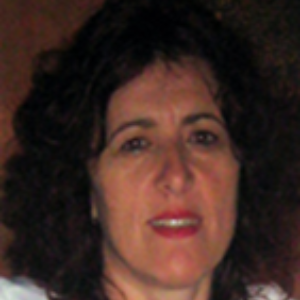Title : The Ghost nets in Adriatic Sea and impact in the fishery sector
Abstract:
Habitats, coastal zone and ecosystems services always attracted humans and human activities. But this intensive concentration of population and excessive exploitation of natural resources puts enormous pressure on our coastal ecosystems leading to biodiversity loss, habitats destruction, pollution, as well as conflicts between potential uses, and space congestion problems. Because the well-being of populations and the economic viability of many businesses in coastal zones depend on the environmental status of these areas, it is essential to make use of long term management tools, such as integrated coastal management, to enhance the protection of coastal resources whilst increasing the efficiency of their uses.Abandoned, Lost or otherwise Discarded Fishing Gear: is a significant and persistent form of marine litter. ALDFG poses threats to marine habitats and wildlife (e.g. entanglement and ‘ghost’ fishing, digestion, etc.), human safety (e.g. divers, boat crews, etc.) and property damage (e.g. damaging propellers). In most cases, the loss of gear is unwanted by the fisherman but in some cases fishing gear is intentionally discarded, mostly to avoid the waste management cycle and related cost or efforts.The issue of ALDFG has gained global recognition over the years.
Metodology : Detecting accumulation areas of ALDFG at Adriatic Sea. Collecting data, through interviews and questionnaires, from fishermen, scuba-divers, etc. to identify the accumulation areas of ALDFG Establishing a database with the identified locations and adding locations on a chart. With ROV (remotely operated underwater vehicle) monitoring. Establish contact relevant local authorities regarding the recovery activities in order to have support on the ground.
Results : A first domestic attempt was made to establish a basis for removal, in 2014/2015 targeted pilot-actions were performed in the wider area of the middle Adriatic, all the actions followed the procedure developed by the DFG project. gillnets, trammel-nets, trawl-nets, traps and small purse seine nets were found, more than 40 different ghost nets have been observed. fisheries that deploy unattended gear like gillnets or trammel-nets were the primary source of ghost-nets, these nets are used especially near the coasts in rocky habitats (underwater ridges) characterized by high biodiversity and continue to fish species of high economic value. however, lots of them are fairly fouling and lie on the seafloor (older ones) potentially posing less threat to biodiversity. Most derelict gillnets found were located in high-relief rocky reefs and boulder habitats relatively small in size (≤100 m2 in area), of relatively recent manufacture and in good condition, recovered from depths above 30 m. Lost fishing gear continue to trap fish ‘unintentionally’ also of particularly endangered and protected species, fish and crustaceans such as red scorpionfish and lobsters are endangered by lost fishing gear An additional risk for several crustacean and fish species of conservation concern like Palinurus elephas and Scorpaena scrofa, respectively. Fishermen tried to recover nets by themselves – to reduce loss, operational challenges of locating, recovering and disposing of removed nets, since the serious damage caused by ghost nets to the fisheries sector has not been assessed, the difficulty lies in convincing target groups to take an action for net removal.



